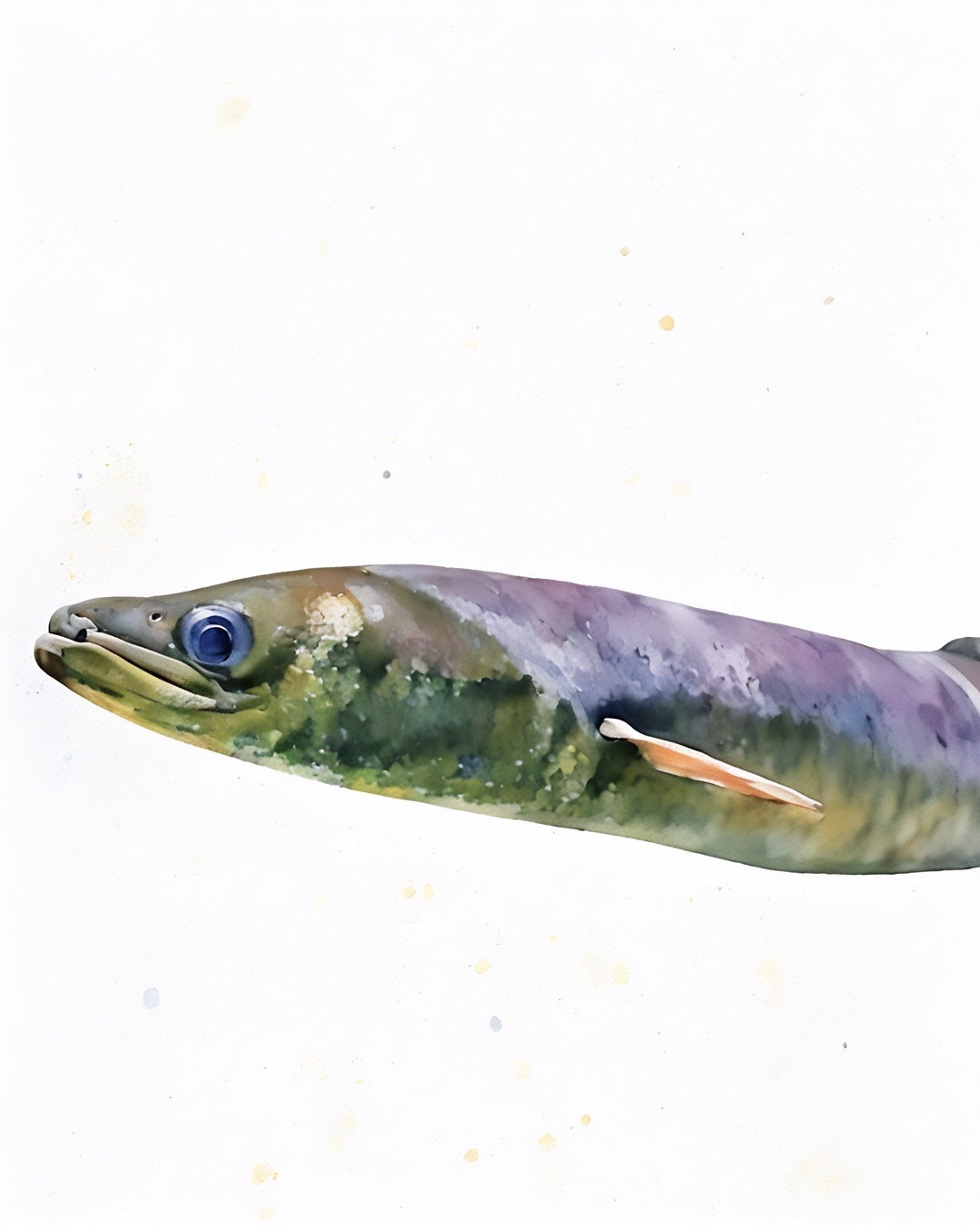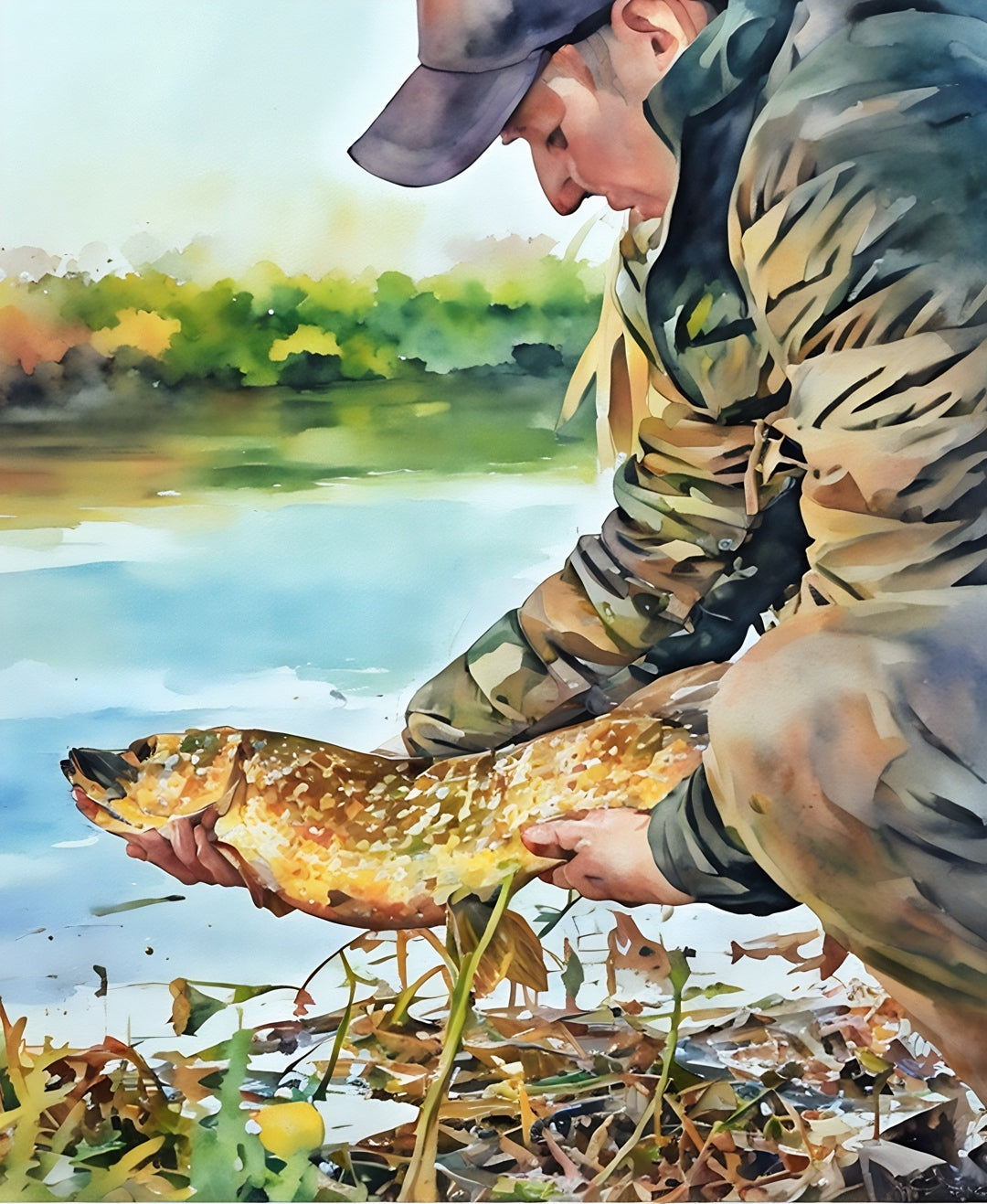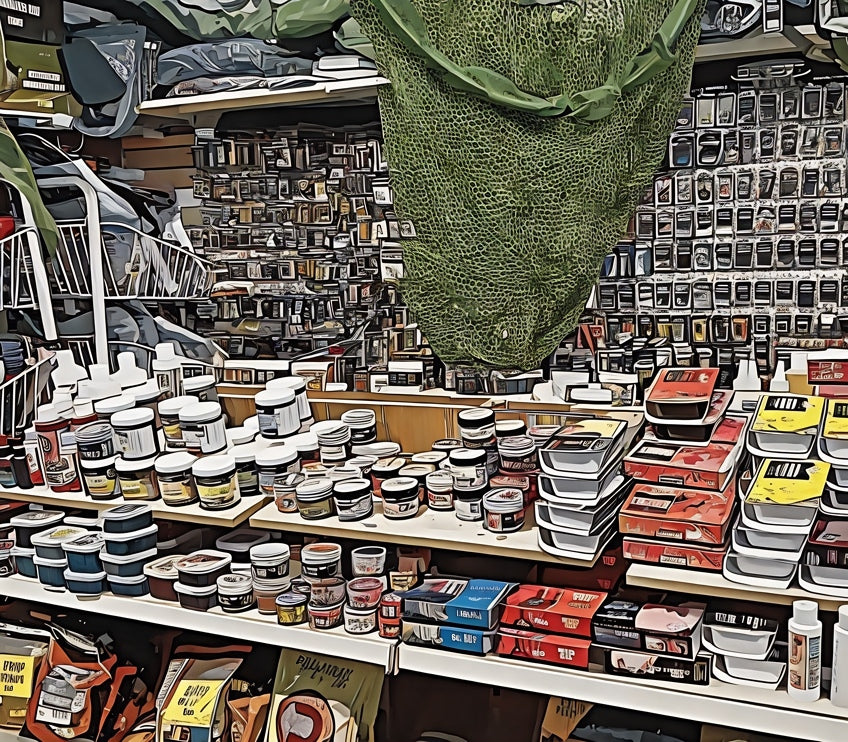
An Aide-Memoire for the Accidental Anguilla Angler
Of late, I have - inadvertently - caught more than my share of eels. And I bow to no one in my respect for these long-lived creatures that travel such vast distances to grace our shores. But let’s be honest: handling - let alone unhooking, weighing and photographing - the bloody things can be absolute ‘mare.
The following guidance, borrowed from the people that know them best - the National Anguilla Club - should help steer you through the process, ensuring the safe return of these extraordinary fish (and yes, despite all outward appearances - and a near unique ability to cross land - they really are… fish).
OK, then; first things first. Once you’ve hooked an eel and landed it, the priority is to move it away from the water’s edge - this is for both ease of handling and for the eel’s safety - and to lay it on an unhooking mat.
Yeah, right; easier said than done.
The trick - assuming (as more often than not) it’s writhing uncontrollably - is to calm the eel by covering its eyes with, say, a wet retention sack.
This alone may be sufficient to soothe the creature. But if not, there’s Plan B: try turning the eel onto its back. Albeit very briefly.
This is because, although such recumbency does induce a state of calm, leaving an eel in this position for too long can be harmful (‘cos, you know; they’re kind of designed for swimming - the right way up).
Similarly, in the name of all that’s holy, disregard all the old nonsense about wrapping them in dry newspaper, or a towel, as this - as with other species - can strip away the eel’s protective slime, rendering it vulnerable to infection and stress.
(Similarly, I’d counsel against adherence to the old wive’s tale of carving a crucifix into the bank and laying the eel along the stipe - as this will serve only to annoy the eel, and to make you look like a prize pillock.)
Enough said. Next step is to determine the location of the hook hold. If it’s visible, easy-peasy: as ever, strong forceps are all that’s needed to relieve the now placid fellow of the extraneous steel. But if the hook’s hidden from view?
In such circumstances, don’t even attempt to remove the hook, as stabbing blindly with the forceps could easily puncture the eel’s vital organs (which, unusually, are situated just behind its head).
Instead, just cut the line as close as possible to the hook, then release the fish back into the pond, secure in the knowledge that its digestive system is sufficiently robust to cope with a little extra iron in its diet - resulting in its either partially digesting or regurgitating the hook in relatively short order.
Which is good to know. Because sure as night follows day, at some point an eel will pick up and swallow your bait - whatever your target species may be.
Of course, the best possible solution to this all-too-common problem is preemptive: being super vigilant; quick to strike in the event of a take. But that’s easier said than done if, say, you’re [cough] a carp angler asleep in your bivvy.
But we digress.
Assuming the process has been straightforward, with minimal stress to either you or Alan The Eel, you may want a cheeky pic, to convince all your Insta chums - and if it’s a big un, possibly the Drennan Cup people - that you’re actually a specialist eel hunter midway through a dedicated campaign.
In which case once again the golden rule is: be gentle. Lift the eel as carefully as you can, ensuring your (wet!) hands are positioned a few inches from the head, and cradling its body around the anal area (thus avoiding stress on those precious vital organs).
Then snap a couple of quick shots and send him safely on his way.
Because fact is, though an eel might not really be that day’s intended target, treating these remarkable creatures with respect is of utmost importance.
So, a cool head and deft handling are the order of the day - ensuring the continued health of a fish which could live for many decades, growing into a lifetime PB for those committed (if slightly bonkers) folk who target the species for real and to the exclusion, often, of all others.


